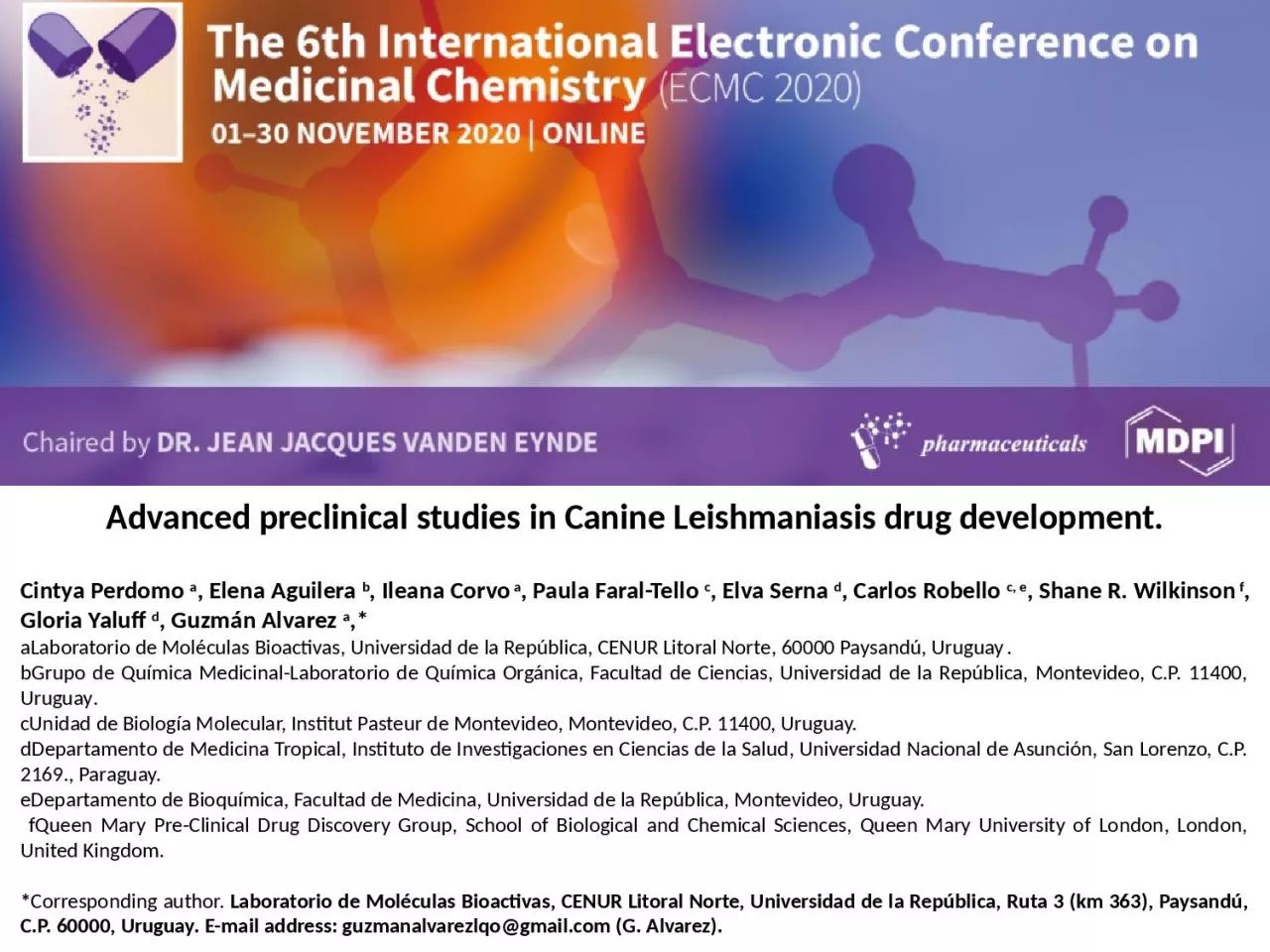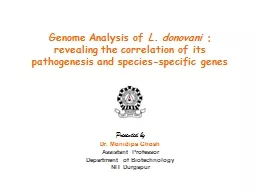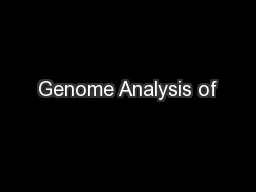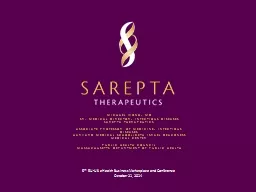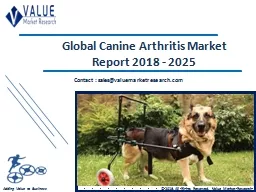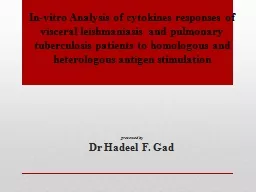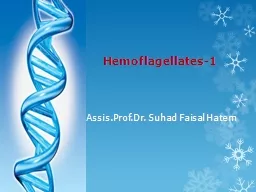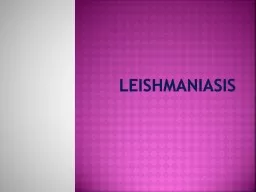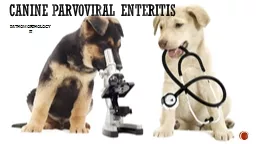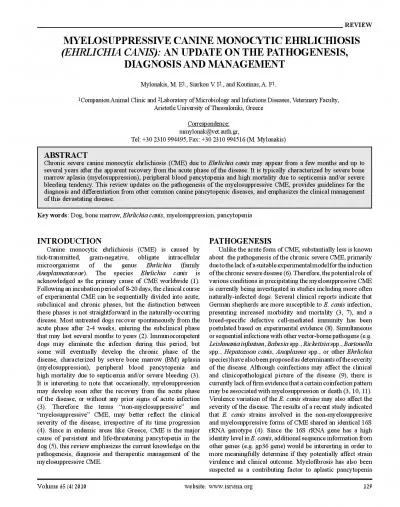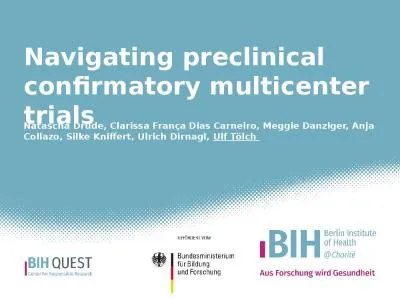PPT-Advanced preclinical studies in Canine Leishmaniasis drug development
Author : Soulmate | Published Date : 2022-08-04
Cintya Perdomo a Elena Aguilera b Ileana Corvo a Paula Faral Tello c Elva Serna d Carlos Robello c e Shane R Wilkinson f Gloria Yaluff d Guzmán
Presentation Embed Code
Download Presentation
Download Presentation The PPT/PDF document "Advanced preclinical studies in Canine L..." is the property of its rightful owner. Permission is granted to download and print the materials on this website for personal, non-commercial use only, and to display it on your personal computer provided you do not modify the materials and that you retain all copyright notices contained in the materials. By downloading content from our website, you accept the terms of this agreement.
Advanced preclinical studies in Canine Leishmaniasis drug development: Transcript
Download Rules Of Document
"Advanced preclinical studies in Canine Leishmaniasis drug development"The content belongs to its owner. You may download and print it for personal use, without modification, and keep all copyright notices. By downloading, you agree to these terms.
Related Documents

